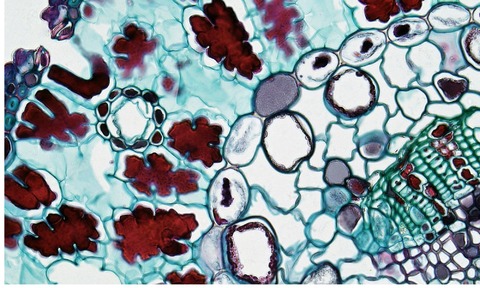
University of Birmingham Enterprise announces the launch of a new department, Biocell Energetics, to provide profiling and testing to assess how living cells produce energy.
Founded by cellular bioenergetics expert Dr Jonathan Barlow, director of research at Birmingham’s Center for Cellular Health and Metabolism in the College of Life and Environmental Sciences, it will provide a portfolio of services.
These include real-time metabolic profiling of cells from healthy and diseased populations or models, metabolic phenotyping and quality control testing for cryopreserved and isolated cells, real-time mitochondrial toxicity screening and professional consulting including study design, data analysis and interpretation.
Barlow specializes in advanced techniques that reveal when cells switch between energy-producing pathways, the effect of exercise on metabolic processes, and factors that can affect energy metabolism in the mitochondria, responsible for generating most of the energy needed of the cells.
Barlow said: “The bioenergetic approach is suitable for studying many cell types and disease states, including metabolic changes in diabetes and obesity. The service has contributed to recently published studies in the fields of heart disease, immunology and cancer, cardiology and immunology, in addition to basic research.
One work stream will focus on elite sports; the division will operate from the University’s School of Sport, Exercise and Rehabilitation Sciences, one of the longest established in Europe for research in sport, exercise, health and rehabilitation
This aims to help athletes optimize performance by examining how their cells generate and use energy and unlock insights into how they individually respond to training and injury. Barlow aims to create an R&D platform to identify novel biomarkers for predictors of inflammation, immunosuppression, and metabolic health and fitness.
The work is expected to have a wide range of industrial applications, such as drug discovery and therapy, tissue banking, production of cell culture media for cultured meats, and environmental testing.
Barlow’s analysis compares the balance between the two pathways by which cells produce energy; one is found inside the mitochondria and the other in the cytosol or fluid part of the cell. The balance between them varies by cell type, with cells able to switch between them – the study will investigate in real time when and how this balance shift occurs.
Photo: Fayette Reynolds MS